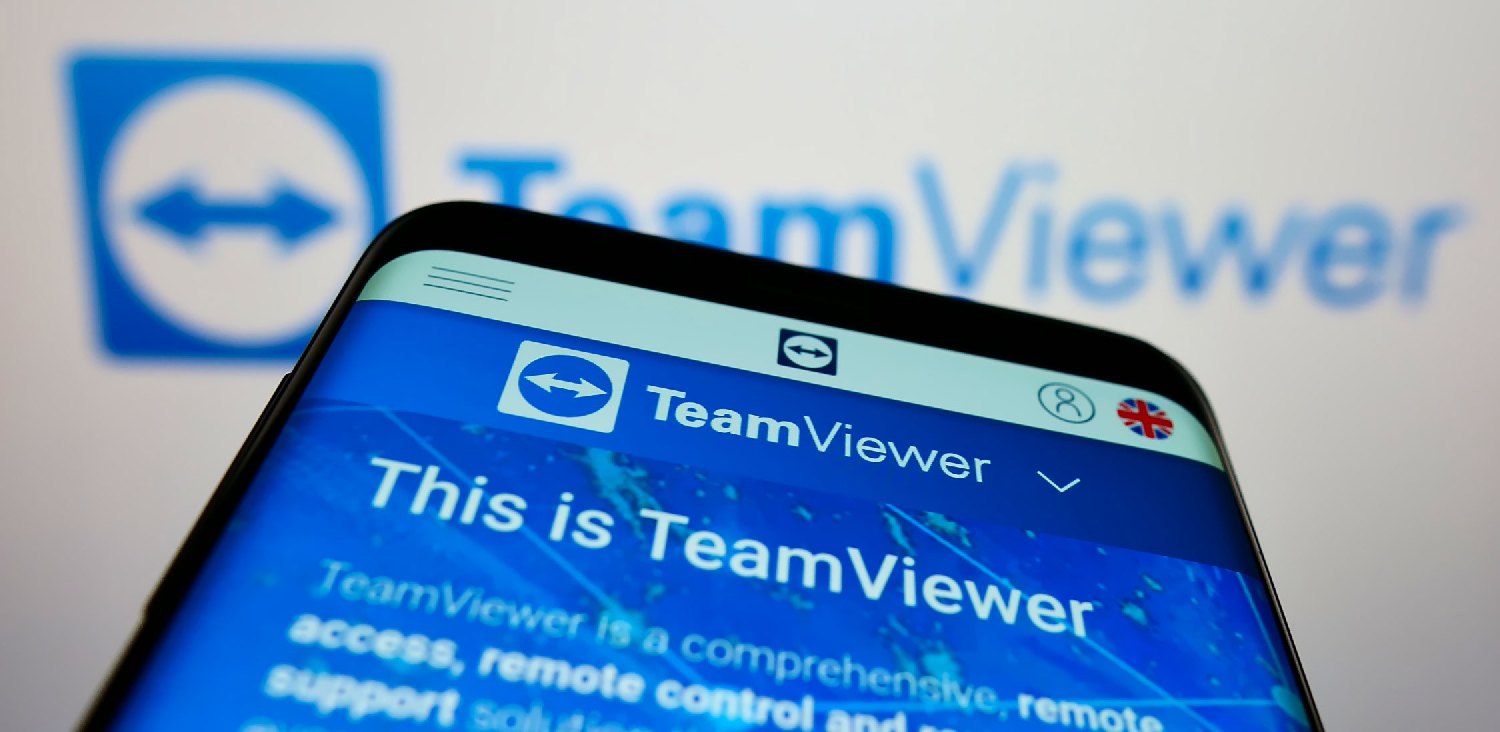TeamViewer, the world famous remote access tool, has emerged as a significant vulnerability in the cybersecurity landscape. Recent investigations have highlighted its exploitation in deploying ransomware, particularly the notorious LockBit 3.0. These incidents underscore an ongoing challenge: balancing the convenience of remote access technologies with their potential misuse.
How TeamViewer Facilitates Cyber Attacks
Investigations into the ransomware incidents reveal a disturbing pattern. Attackers have exploited TeamViewer to gain initial access to organizational networks. By infiltrating through this channel, they have attempted to deploy ransomware, effectively encrypting critical files and demanding ransom for their release. Detailed analysis of these incidents shows the attackers’ proficiency in utilizing TeamViewer, turning a tool designed for efficiency and support into a conduit for cybercrime.
The LockBit 3.0 Ransomware Connection
The LockBit 3.0 ransomware, known for its disruptive capabilities, has been linked to these recent attacks. The ransomware encrypts data on infected systems, halting operations and demanding ransom. It’s alarming that the ransomware deployment in these instances mimics the methodologies of the LockBit 3.0 ransomware, including characteristics like encryption key generation, the use of a leaked builder for creating ransomware variations, and strategies for privilege escalation. The correlation with the leaked LockBit 3.0 builder from 2022, which enabled groups like Bl00dy and Buhti to launch their campaigns, is particularly concerning, suggesting a broader vulnerability across various networks.
Recommendations and Best Practices for using TeamViewer
In response to these threats, it’s imperative to adopt stringent security measures for using TeamViewer. TeamViewer itself has implemented various mechanisms to mitigate such risks. These include exiting the software when not in use, using Block and Allow list features, restricting access to certain features for incoming connections, and denying connections from outside the enterprise network. TeamViewer also supports conditional access policies, enabling administrators to enforce remote access rights effectively.
The Broader Implications in IT Security
The exploitation of TeamViewer highlights a critical aspect of cybersecurity: the increasing focus on remote access tools as attack vectors. This trend is not limited to TeamViewer but extends to VPNs, firewalls, and other remote access technologies. The complexity of enterprise remote access solutions often leads employees to seek easier alternatives like TeamViewer, inadvertently creating security risks.
The need for ease of use in remote access solutions should be balanced with stringent security measures. Updating TeamViewer software, enabling two-factor authentication, remaining vigilant against suspicious connections, and investing in comprehensive cybersecurity solutions like antivirus, anti-malware, and endpoint detection and response (EDR) tools are essential steps in fortifying defenses against these sophisticated cyber threats.








